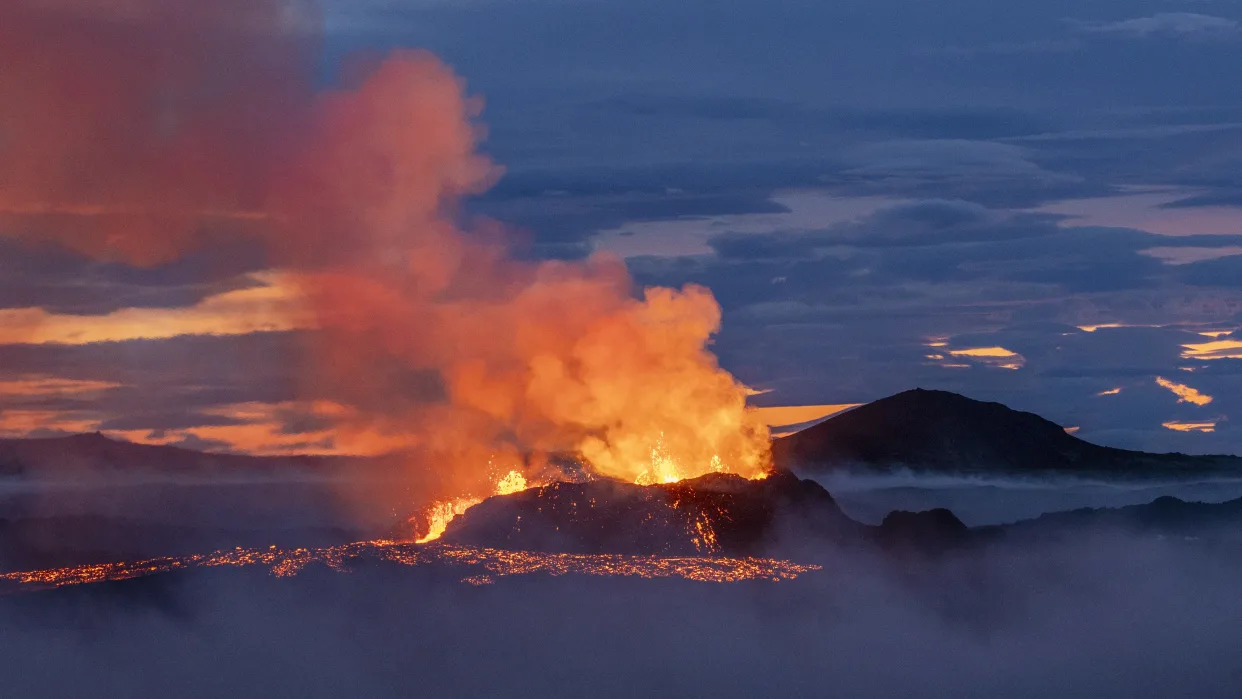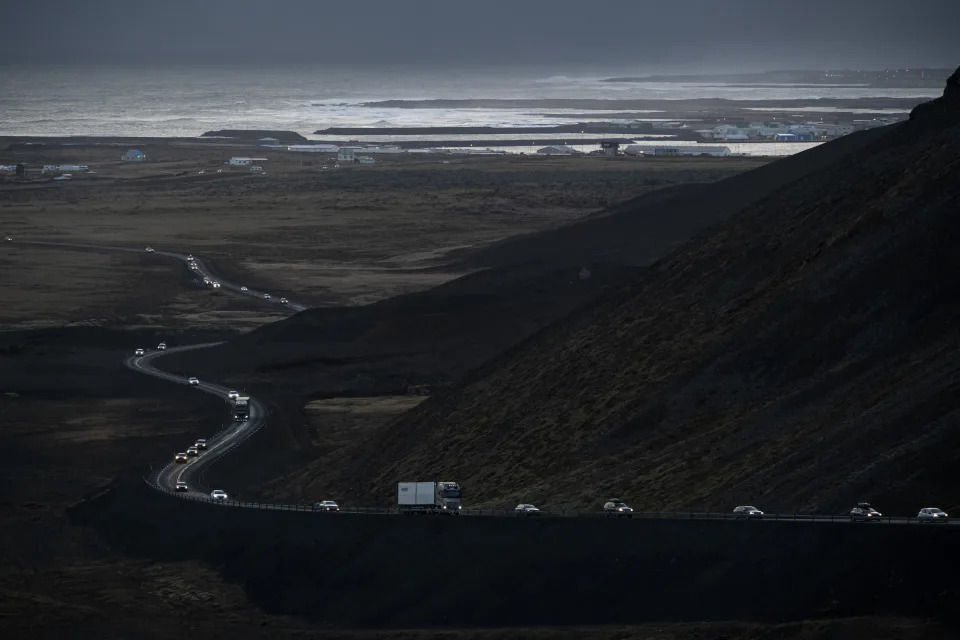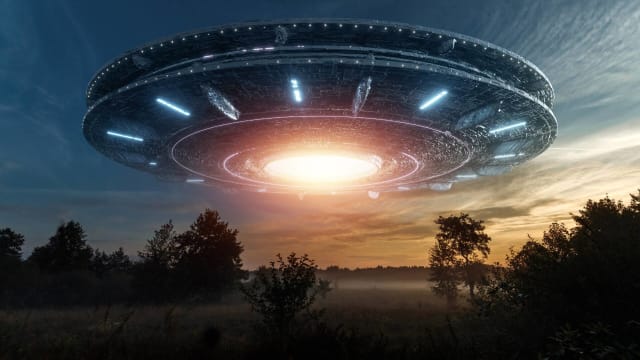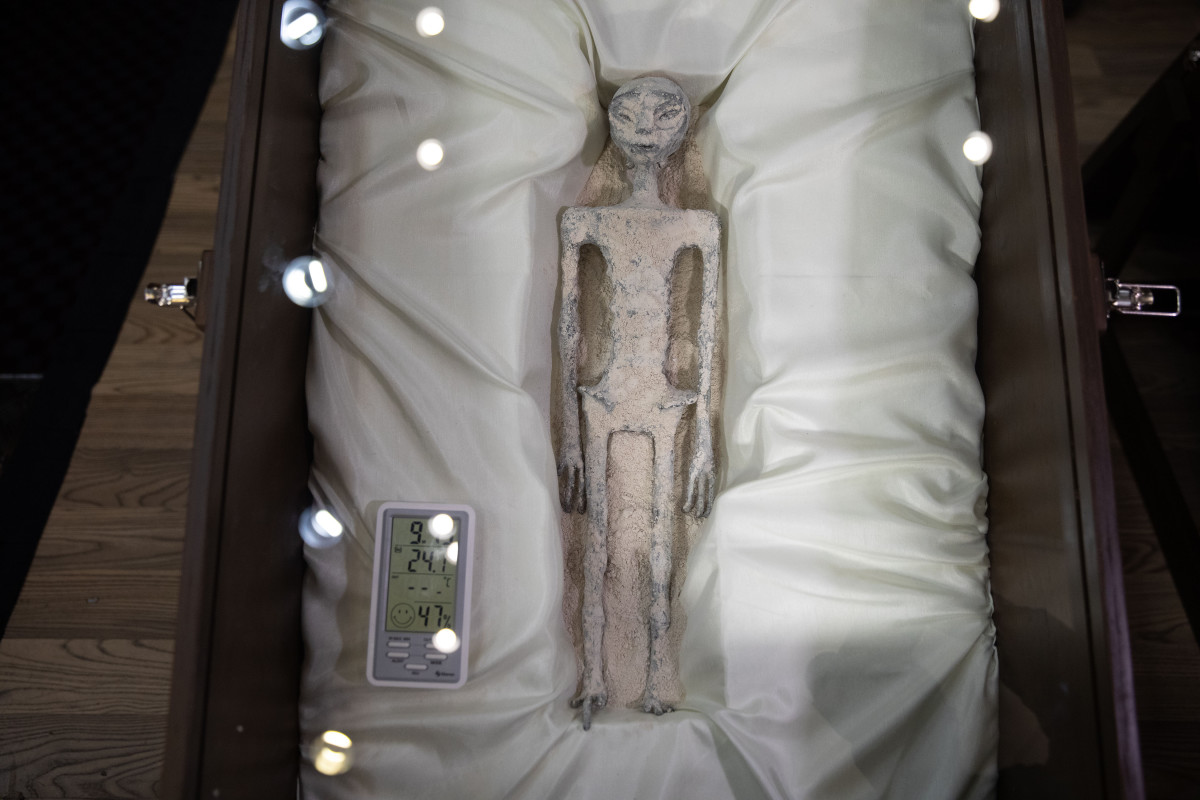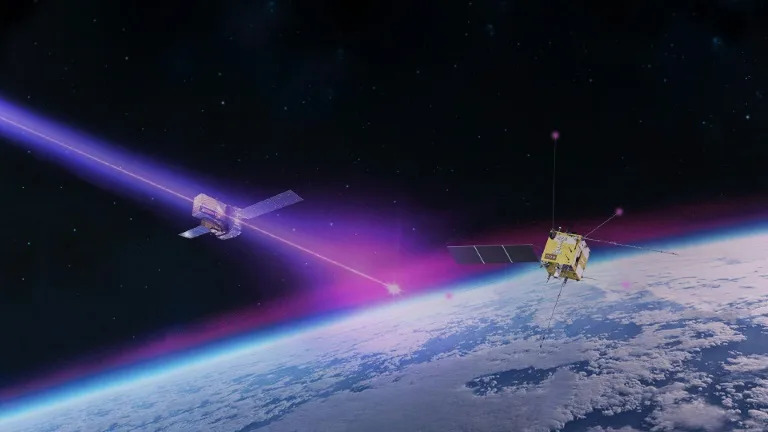Watch scuba divers grab onto reef as swarm of underwater earthquakes rock Indonesia
Aspen Pflughoeft
Tue, November 14, 2023

Screengrabs from @redoyjoy9999's TikTok video
A group of scuba divers captured the unexpected and stunning moment when an underwater earthquake erupted off the coast of Indonesia. Videos show the sand surging upward and the divers grabbing onto the reef.
The scuba divers were at a reef in the Banda Sea near Central Maluku on Nov. 8, according to a series of TikTok videos shared by @redoyjoy9999.
The first video, posted Nov. 11, shows the divers moving normally around the reef. A school of fish swim by the camera. Moments later, the camera jerks around. Several scuba divers are seen grabbing onto the reef as clouds of sand surge upward.
The videographer is also pushed upward. Down below, the reef is no longer visible and fully obscured by sand.
Indonesia’s Banda Sea was rocked by a 7.2 magnitude earthquake on Nov. 8, according to the country’s Meteorology Climatology and Geophysics Council. Seven sizable aftershocks followed, ranging from 5.0 to 6.8 in magnitude.
The shallow underwater earthquakes were caused by movement in the earth’s crust and felt by people on nearby islands, the council’s head told CNN Indonesia.
A second video shared by @redoyjoy9999 on Nov. 12 shows the reef after the earthquake. Divers can be seen surfacing or swimming around the cloud of sand.
“New fear unlocked,” a TikTok user commented.
A third video shared on Nov. 13 shows a close-up view of the reef as the earthquake happened. A large number of fish swim away from the corals quite suddenly. Sand surges upward from between the corals.
The camera moves suddenly and forcefully to the right, giving the impression that the diver was pulled by the water, the video shows.
“That’s significantly more terrifying than I was expecting,” another TikTok user commented on another version of the video posted later by Bruce Diving.
@redoyjoy9999 did not immediately respond to McClatchy News’ request for comment.
Central Maluku is about 1,600 miles northeast of Jakarta, the capital city.
Google Translate was used to translate the text of @redoyjoy9999’s TikTok videos, website from Indonesia’s Meteorology Climatology and Geophysics Council and article from CNN Indonesia.
